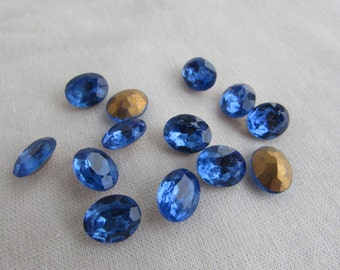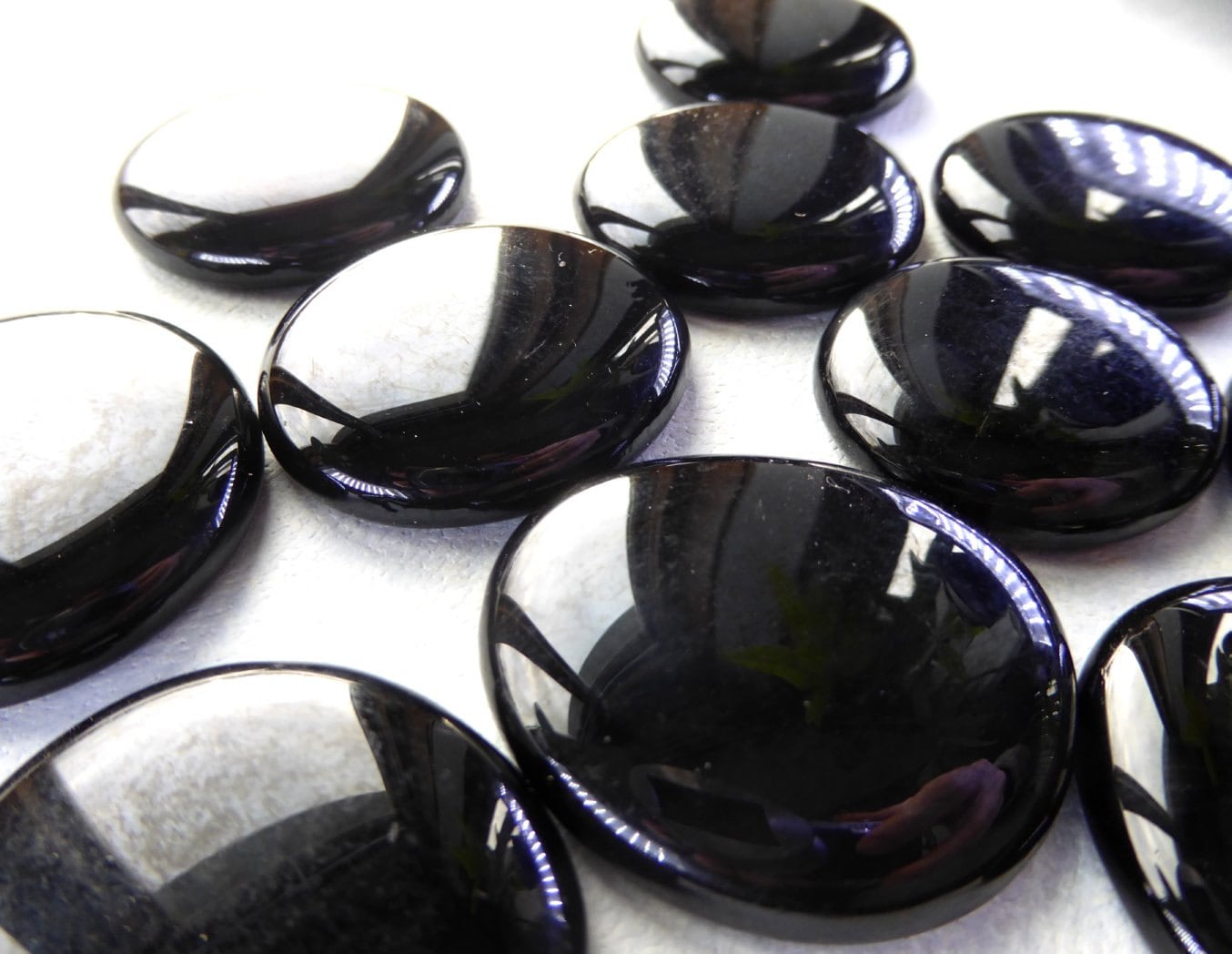
Saturation refers to the vividness or brightness of the hue, and tone is the lightness to darkness of the hue. Hue is commonly understood as the " color" of the gemstone. Gemstone color can be described in terms of hue, saturation, and tone. Blue sapphire Teardrop-shaped blue sapphire

įancy sapphires are often found in yellow, orange, green, brown, purple and violet hues. Sapphires in colors other than blue are called "fancy" or "parti-colored" sapphires. For most gems of one carat or more, an independent report from a respected laboratory such as GIA, Lotus Gemology, or SSEF, is often required by buyers before they will make a purchase. Geographical origin also has a major impact on price. Sapphires that are completely untreated are worth far more than those that have been treated. The cost of natural sapphires varies depending on their color, clarity, size, cut, and overall quality. For sapphire, Kashmir receives the highest premium, although Burma, Sri Lanka, and Madagascar also produce large quantities of fine quality gems. : 403–429Įvery sapphire mine produces a wide range of quality, and origin is not a guarantee of quality. For example, both ruby and sapphire are found in Myanmar's Mogok Stone Tract, but the rubies form in marble, while the sapphire forms in granitic pegmatites or corundum syenites.

: 431–707 Sapphire and rubies are often found in the same geographical settings, but they generally have different geological formations. Significant sapphire deposits are found in Australia, Afghanistan, Cambodia, Cameroon, China ( Shandong), Colombia, Ethiopia, India ( Kashmir), Kenya, Laos, Madagascar, Malawi, Mozambique, Myanmar ( Burma), Nigeria, Rwanda, Sri Lanka, Tanzania, Thailand, United States ( Montana) and Vietnam. A pinkish orange variety of sapphire is called padparadscha. Although blue is the best-known sapphire color, they occur in other colors, including gray and black, and also can be colorless. Sapphire is one of the two gem-varieties of corundum, the other being ruby (defined as corundum in a shade of red). Natural sapphires An uncut, rough yellow sapphire found at the Spokane Sapphire Mine near Helena, Montana A sapphire jubilee occurs after 65 years. Sapphire is the birthstone for September and the gem of the 45th anniversary.

Because of the remarkable hardness of sapphires – 9 on the Mohs scale (the third hardest mineral, after diamond at 10 and moissanite at 9.5) – sapphires are also used in some non-ornamental applications, such as infrared optical components, high-durability windows, wristwatch crystals and movement bearings, and very thin electronic wafers, which are used as the insulating substrates of special-purpose solid-state electronics such as integrated circuits and GaN-based blue LEDs.

They also may be created synthetically in laboratories for industrial or decorative purposes in large crystal boules. Commonly, natural sapphires are cut and polished into gemstones and worn in jewelry. Pink-colored corundum may be classified either as ruby or sapphire depending on locale. Red corundum stones also occur, but are called rubies rather than sapphires. It is typically blue, but natural "fancy" sapphires also occur in yellow, purple, orange, and green colors "parti sapphires" show two or more colors. The name sapphire is derived via the Latin sapphirus from the Greek sappheiros ( σάπφειρος), which referred to lapis lazuli. Sapphire is a precious gemstone, a variety of the mineral corundum, consisting of aluminium oxide ( α- Al 2 O 3) with trace amounts of elements such as iron, titanium, cobalt, lead, chromium, vanadium, magnesium, boron, and silicon. The 423- carat (85 g) blue Logan Sapphireīoth growth twins (in various orientations) and polysynthetic glide twinning on the rhombohedron [10 11Ĭoefficient of thermal expansion (5.0–6.6) ×10 −6/K


 0 kommentar(er)
0 kommentar(er)
